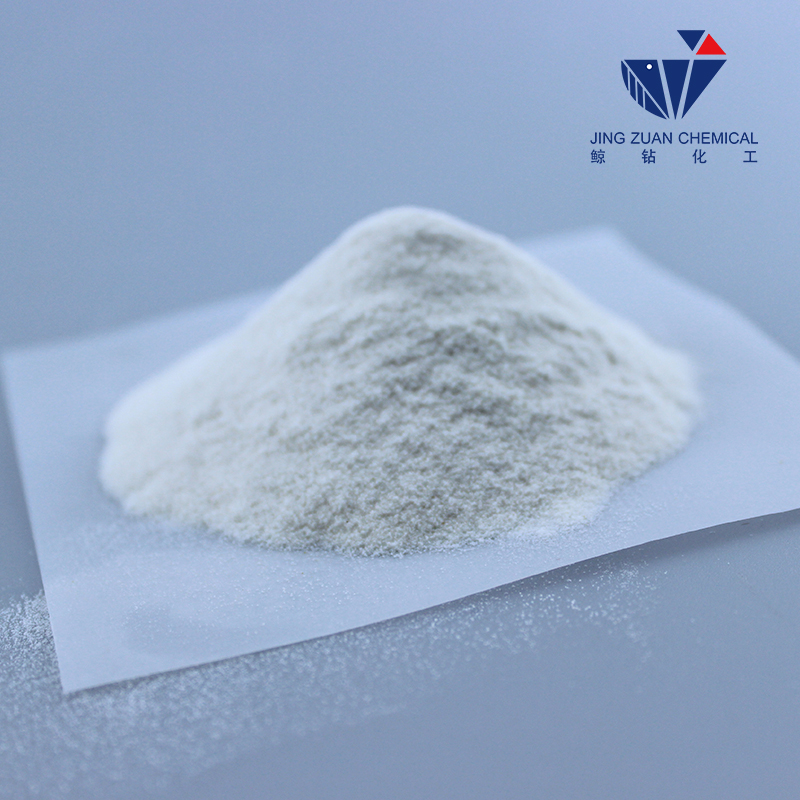
Oct . 13, 2024 03:35 Back to list
what does hpmc stand for
HPMC, or Hydroxypropyl Methylcellulose, is a versatile and widely used compound in various industries, particularly in pharmaceuticals, food, cosmetics, and construction. This article delves into what HPMC stands for, its properties, applications, and significance in different fields.
HPMC is a semi-synthetic polymer derived from cellulose, which is a natural polymer found in the cell walls of plants. The introduction of hydroxypropyl and methoxy groups into the cellulose structure modifies its properties, making it more soluble in water and applicable in various formulations. The main feature of HPMC is its ability to form a gel-like substance when mixed with water, which enhances its functionality across multiple applications.
In the pharmaceutical industry, HPMC is crucial as a binder, filler, and coating agent in tablet formulations. Its binding properties ensure that active ingredients in medications stay together and release appropriately in the body. Furthermore, HPMC can serve as a thickening agent in liquid formulations, providing desirable viscosity without compromising the stability of the final product. Its use in controlled-release formulations helps in the gradual release of drugs, ensuring sustained therapeutic effects.
.
In cosmetics and personal care products, HPMC is commonly used as a thickening and emulsifying agent in creams, lotions, and gels. Its ability to improve the viscosity and stability of formulations makes it ideal for creating aesthetically pleasing products. Additionally, HPMC is used in hair care products, where it provides enhanced styling capabilities and helps in maintaining the desired texture and hold.
what does hpmc stand for

In the construction industry, HPMC is employed as an additive in cement, mortars, and tile adhesives. It improves the workability and flow of these materials, making them easier to apply. Moreover, HPMC enhances water retention, allowing for better adhesion and longer open time, which is critical during the application process. This property also contributes to the durability and strength of construction materials, making HPMC a valuable component in modern construction practices.
HPMC is regarded as safe for use in both food and pharmaceutical applications. Its non-toxic nature and absence of known adverse effects make it an ideal choice for various formulations. Regulatory bodies, including the FDA, have approved HPMC for use in food products, ensuring that it complies with safety standards.
As consumer demand for plant-based and clean-label products rises, the significance of HPMC continues to grow. Companies are now utilizing HPMC as an alternative to synthetic ingredients, aligning with the increasing trend towards sustainability and natural formulations. The versatility of HPMC not only aids in product development but also adheres to the evolving preferences of consumers seeking environmentally friendly options.
In conclusion, HPMC stands for Hydroxypropyl Methylcellulose, a unique polymer with extensive applications across various industries. Its role as a binder, thickener, and stabilizer makes it indispensable in pharmaceuticals, food, cosmetics, and construction. With its continual development and growing demand, HPMC showcases the innovative potential of natural derivatives in meeting the diverse needs of modern consumers and industries alike.
-
tile-bonding-additives-for-stronger-bonds
NewsAug.22,2025
-
construction-grade-rdp-for-wholesale-needs
NewsAug.22,2025
-
trusted-wholesale-hec-partners
NewsAug.22,2025
-
hec-solutions-for-industrial-excellence
NewsAug.22,2025
-
construction-additives-need-hpmc-essentials
NewsAug.22,2025
-
hpmc-versatile-cellulose-ether-for-industries
NewsAug.22,2025







